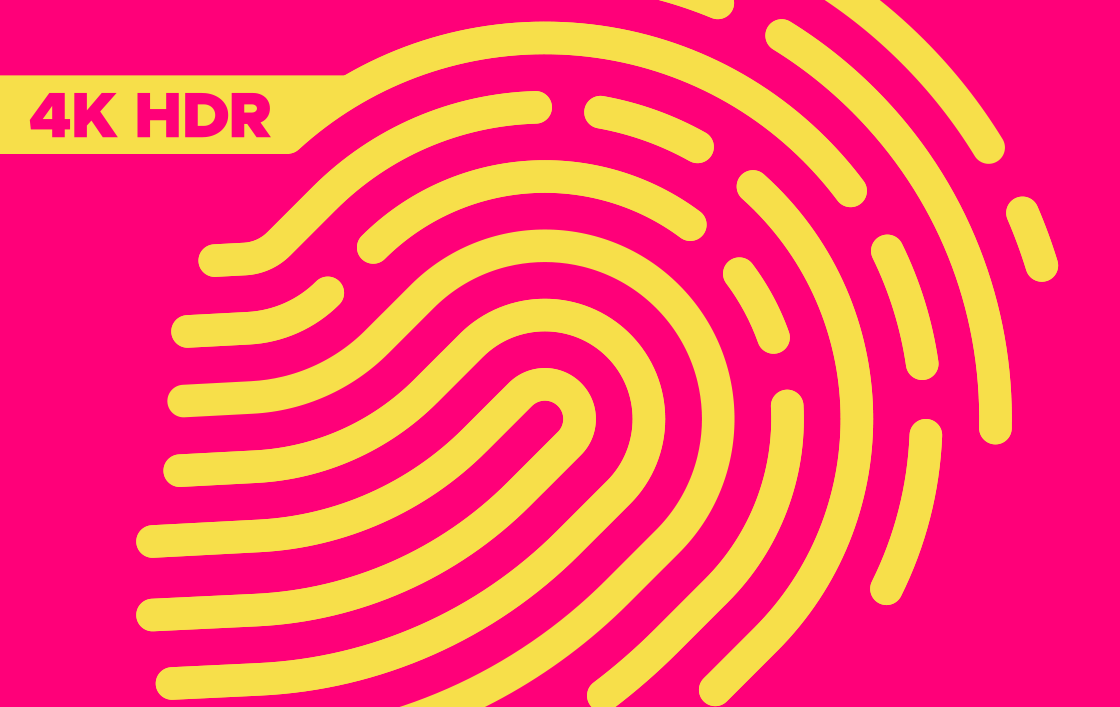Two terms you’ll probably see again and again when you look for a new TV, streaming device or set-top box are 4K and HDR. But what do they mean? And should you even care?
Let’s find out.
What is 4K?
4K is a shorthand way to refer to the number of pixels displayed by a TV to form a picture. More precisely, a 4K TV is made up of a grid of pixels 3,840 wide by 2,160 high, four times as many as an HD TV. Put simply, the more pixels the more detailed the picture can be. It’s one of those things that has to be seen to be believed – it makes shows look absolutely stunning.
However, a TV's picture can only ever be as good as the source, which means that the programme has to be transmitted in 4K and if you're using a set-top box or streaming device, it has to support 4K too – just like our Manhattan T3 Smart Box and Manhattan T3-R 4K Smart Recorder.
With the exception of the BBC, the UK's free-to-air broadcasters are not currently transmitting anything in 4K. The BBC are regularly making available their big nature documentaries like Dynasties and major sporting events like Wimbledon available in iPlayer. But other than that, for free 4K content the best place to visit is YouTube, where everything from trailers to documentaries to niche video bloggers are available in 4K.
How about HDR?
You’ll often find HDR mentioned hand-in-hand with 4K. But they’re not the same thing, and don’t always come together.
While 4K is about increasing the number of pixels, HDR – High Dynamic Range – is all about adding depth to your viewing experience. It does this by expanding the range of colours on display and increasing the contrast between the light and dark areas of the image. Traditionally, you could have detail in the highlights or shadows of an image, but with HDR you can have both.
Once again, the BBC lead the way, with all of their 4K content also being available in HDR. There's also lots of HDR content in YouTube.
Thankfully, with the Manhattan T3•R you don't really need to think about any of this as it will automatically detect what your TV supports and output the best picture possible. Just make sure that your TV has its setting for HDR turned on as most ship with it disabled by default. To enable it, check your user manual. The following steps work for recent TVs from these manufacturers:
- Samsung: Menu → Picture → Picture Options → HDMI UHD Color → On → Restart
- Sony: Home → Settings → External inputs → HDMI signal format → HDMI [select the input for T3•R] → Enhanced mode (TV will reboot)
- Panasonic: Menu → Setup → HDMI HDR Setting → HDMI [select the input for T3•R] → On
- LG: Models vary, check the manual for ‘HDMI ULTRA DEEP COLOR’ and turn on.
While not every broadcaster is offering their shows in HDR right now, if you’re buying a new TV or set-top box, it’s worth opting for one like which features HDR as well as 4K to ensure you’ll enjoy shows as their creators intended them for years to come.
Already got a 4K TV and looking for ways to enjoy the best free-to-air 4K content available? Check out our our Manhattan T3 Smart Box and Manhattan T3-R 4K Smart Recorder.
